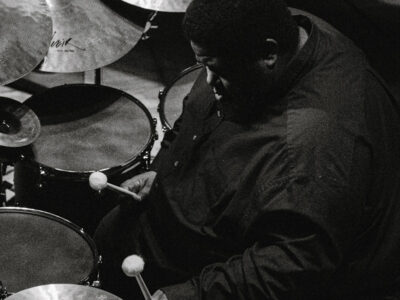“I’M trying to solve a puzzle,” said Dr. Jerry Jacobs, professor of sociology. “Why does everybody feel so busy while the data seem to say that we’re not?”
It’s a timely question, and in a paper titled “Who are the Overworked Americans?” Jacobs and co-author Kathleen Gerson (a sociologist at New York University), have provided some answers. The paper was published in the December 1998 Review of Social Economy.
The short answer, he argues, is that families are far more likely to have two breadwinners today (59.5 percent) than they were 30 years ago (35.9 percent). And while neither partner may be working significantly more hours than their male or female counterparts did then, the combined workloads of dual-career families are some 83 hours a week, compared to 45 hours by a typical couple in 1970. Yet the attention required by their families has stayed the same.
“Put simply,” Jacobs and Gerson write, “women and men alike feel squeezed because they are less likely to be able to rely on someone at home devoted exclusively to family concerns, not because the work week of individuals has expanded.” And the structure of work, they argue, “has not changed sufficiently to accommodate the transitions in workers’ private lives.” (For the record, American men are now working an average of 42-43 hours a week for pay; women, 36-37 hours.)
While acknowledging that “one size will not fit all,” Jacobs suggests that the nation consider reducing the average work week from 40 to 35 hours. After all, he notes, the 40-hour week “was developed in 1938 when the male-breadwinner family was overwhelmingly dominant in American familes.” (Male-breadwinner-only families declined from 51.4 percent in 1970 to 25.9 percent in 1997.) Now, he says, “the demographics in the labor market are so different that it’s time to reconsider recalibrating that standard.”
Although only 6.4 percent of women and 15.8 percent of men expressed a desire to work more than 50 hours a week, in reality, 10.8 percent of the women and 25.2 percent of the men work 50 or more hours. Most of those who do are in the managerial and professional sphere — people who tend to dominate the national discourse about the contours of working time.
In fact, said Jacobs, it was such books as Juliet Schor’s 1991 The Overworked American that got him thinking about the issue. While that book “got an enormous amount of attention” and spent some time on The New York Times bestseller list, economists were “very critical” of her statistics. So how did she strike such a deep chord among the working public? Because, says Jacobs, “readers of New York Times bestsellers are more educated, and are most likely to be working 50 hours or more, and are somewhat more likely to be in dual-earner couples working a combined 83 hours a week.”
For Jacobs, who has two small children and a busy professional life himself, this research has been “much more personal” than most of his projects. And as he finds himself trying to get more accomplished in the time he does have, he finds himself ruminating on another conundrum: that if he could only force himself to be a little more efficient, he could “finally get to work on the paper that says we should all work less.”
Saturday, April 20, 2024
Popular
Administration
Anniversary
Archaeology
Architecture
Art
Awards
Books
Calendar
Campus Life
Commencement
Education
Elsewhere
Engineering
entrepreneurs
Events
Exhibition
Expert Opinion
Faculty
Film
Football
Gifts
Health
Healthcare
Heard on Campus
History
International
Leadership
Medicine
Men's Basketball
Music
notes
obits
painting
Penn Medicine
Penn Museum
Philadelphia
Photography
Poetry
Politics
Science
Student Life
Technology
Theater
Wharton
Window




